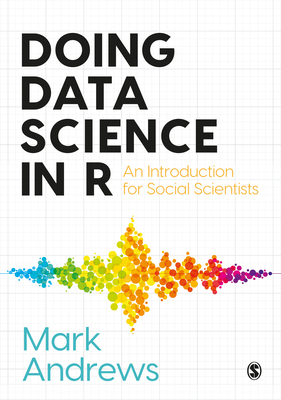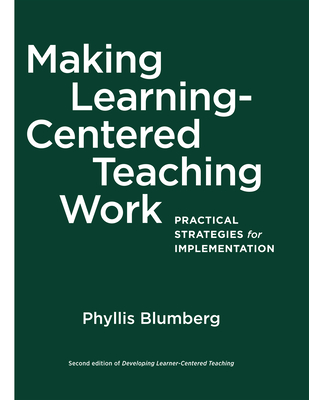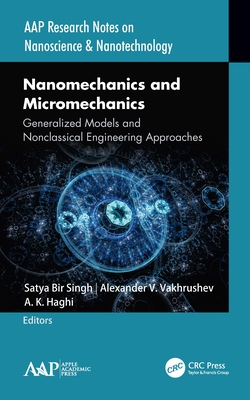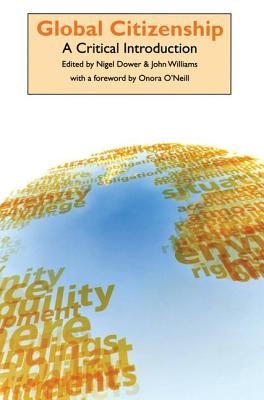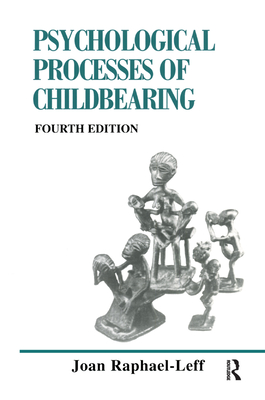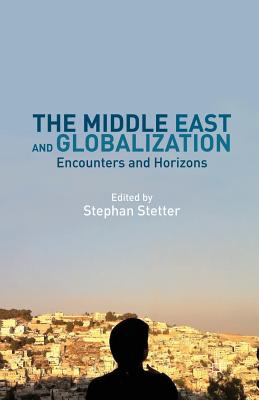In this book, major issues surrounding importance of water and energy for food security in the United States and India are described representing two extremes in yield, irrigation efficiency, and automation. The farming systems in these two countries face different risks in terms of climatic shifts and systems’ resiliency to handle the shocks. One may have comparative advantage over the other, but both are susceptible. Innovations in irrigation for food and fuel production, improvements in nitrogen and water use efficiency, and rural sociological issues are discussed here. We also look into some of the unintended consequences of high productivity agriculture in terms of surface and ground water quality and impacts on ecosystem services. Finally, we present ways to move forward to meet the food demands in the next half-century in both countries. As the current world population of 7 billion is expected to reach or exceed 10 billion in the next 40 years, there will be significant additional demand for food. A rising middle class and its preference for a meat-based diet also increases the demand for animal feed. This additional food and feed production needs special considerations in water and energy management besides the development of appropriate crop hybrids to withstand future climatic shifts and other environmental factors. A resilient agricultural landscapes will also be needed to withstand climatic fluctuations, disease pressures, etc. While the upper and many middle income countries have made significant improvements in crop yield due to pressurized irrigation and automation in farming systems, the lower income countries are struggling with yield enhancements due to such limitations. The rise in population is expected to be more in Sub-Sharan Africa and Middle East (Low to middle-income countries) where the crop yields are expected to be low.
In this book, major issues surrounding importance of water and energy for food security in the United States and India are described representing two extremes in yield, irrigation efficiency, and automation. The farming systems in these two countries face different risks in terms of climatic shifts and systems'' resiliency to handle the shocks. One may have comparative advantage over the other, but both are susceptible. Innovations in irrigation for food and fuel production, improvements in nitrogen and water use efficiency, and rural sociological issues are discussed here. We also look into some of the unintended consequences of high productivity agriculture in terms of surface and ground water quality and impacts on ecosystem services. Finally, we present ways to move forward to meet the food demands in the next half-century in both countries.
As the current world population of 7 billion is expected to reach or exceed 10 billion in the next 40 years, there will be significant additional demand for food. A rising middle class and its preference for a meat-based diet also increases the demand for animal feed. This additional food and feed production needs special considerations in water and energy management besides the development of appropriate crop hybrids to withstand future climatic shifts and other environmental factors. A resilient agricultural landscapes will also be needed to withstand climatic fluctuations, disease pressures, etc.
While the upper and many middle income countries have made significant improvements in crop yield due to pressurized irrigation and automation in farming systems, the lower income countries are struggling with yield enhancements due to such limitations. The rise in population is expected to be more in Sub-Sharan Africa and Middle East (Low to middle-income countries) where the crop yields are expected to be low.
Get Food, Energy, and Water Nexus by at the best price and quality guranteed only at Werezi Africa largest book ecommerce store. The book was published by Springer Nature Switzerland AG and it has pages. Enjoy Shopping Best Offers & Deals on books Online from Werezi - Receive at your doorstep - Fast Delivery - Secure mode of Payment
 Jacket, Women
Jacket, Women
 Woolend Jacket
Woolend Jacket
 Western denim
Western denim
 Mini Dresss
Mini Dresss
 Jacket, Women
Jacket, Women
 Woolend Jacket
Woolend Jacket
 Western denim
Western denim
 Mini Dresss
Mini Dresss
 Jacket, Women
Jacket, Women
 Woolend Jacket
Woolend Jacket
 Western denim
Western denim
 Mini Dresss
Mini Dresss
 Jacket, Women
Jacket, Women
 Woolend Jacket
Woolend Jacket
 Western denim
Western denim
 Mini Dresss
Mini Dresss
 Jacket, Women
Jacket, Women
 Woolend Jacket
Woolend Jacket
 Western denim
Western denim
 Mini Dresss
Mini Dresss













